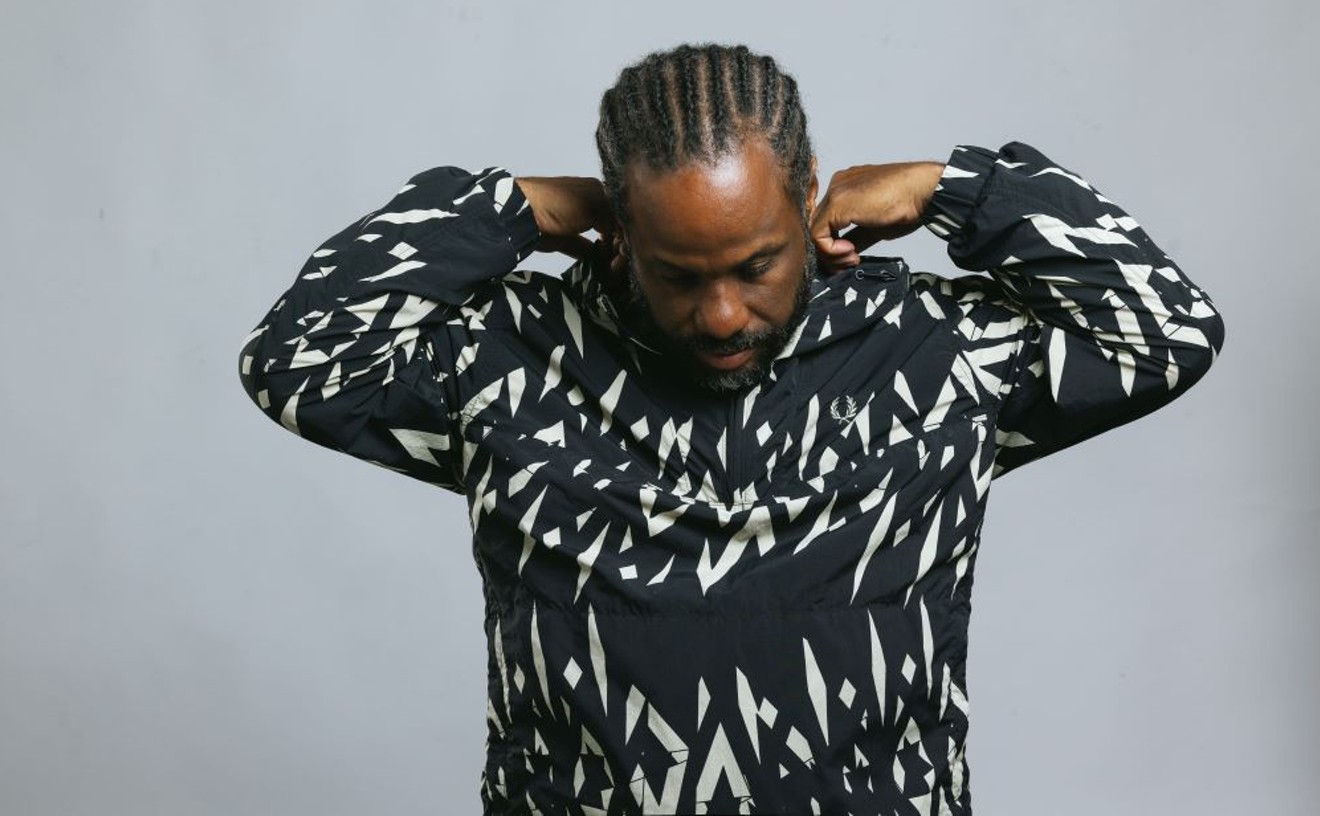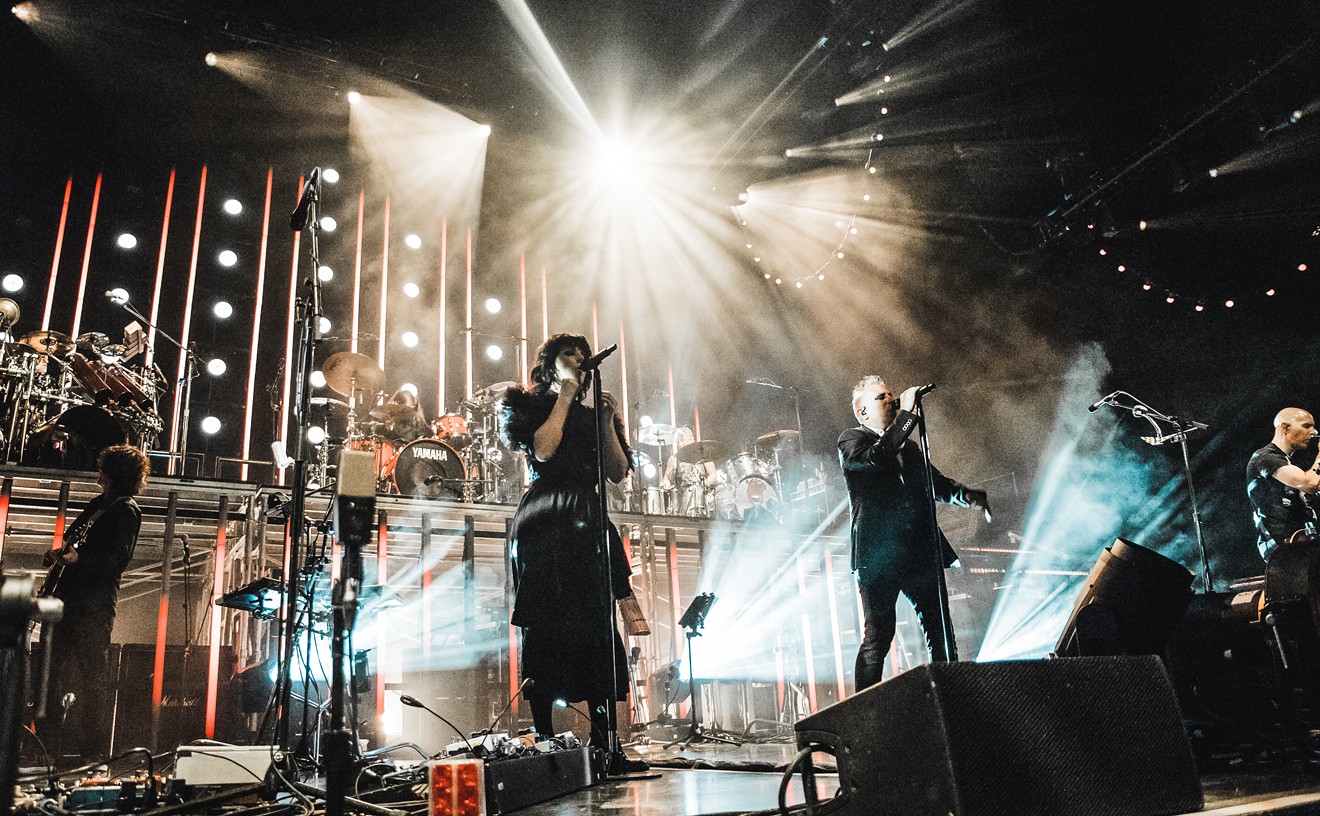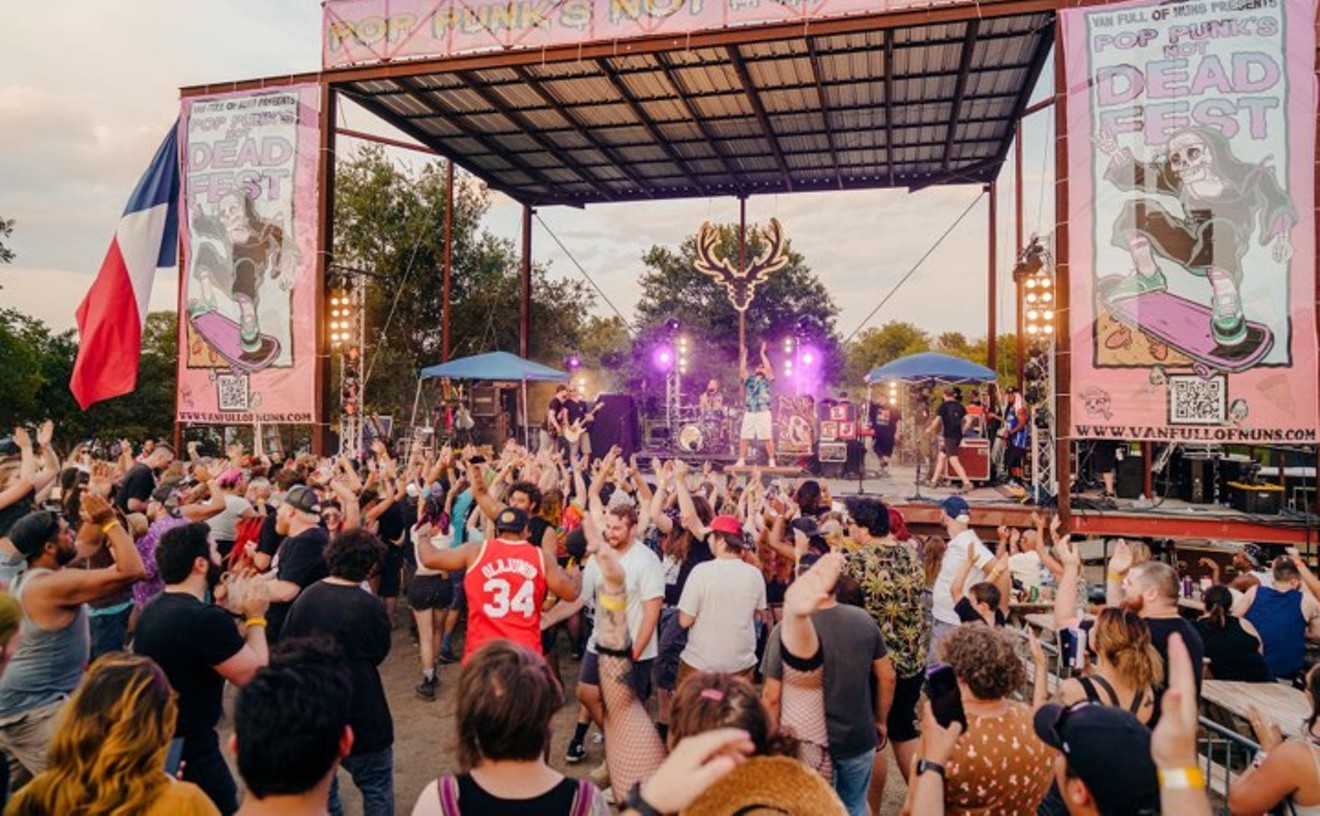At first, it was the spectacle of the whole thing. That's what made the new Cowboys Stadium stand out as such a treat. I mean, c'mon, have you been to the football stadium? It's pretty damn impressive, what with all of its plenty talked-up features: the fact that it looks like a spaceship on the outside and a legitimate Death Star docking station on the inside; the fact that it's so goddamn big—and boasts an HD screen the size of Waxahachie to boot; the fact that, y'know, this is Texas and apparently size does matter...
That's pretty well-worn territory, all that, so let's just take that as common knowledge and move on.
Because here's the thing: In the wake of all the original excitement over the enormodome out in Arlington, a funny thing's started popping up: discontent. Specifically, the resentment's come in the form of complaints about the stadium's sound system and said system's poor performance at each and all of the four major musical events held there in the venue's short life: George Strait and Reba McEntire's opening event, the Jonas Brothers' tween-age spectacular, the Paul McCartney tour stop, and most recently, last week's U2/Muse affair.
All that just seems a little off, though. How does a venue like this, one billed as such a state-of-the-art facility, leave such poor impressions? After all, among the stadium's records of firsts and biggests, wasn't the sound system also supposed to be some sort of ground-breaking deal? Yes, sir: It has "the world's largest Electro-Voice system," a press release exclaims. Meaning what, exactly? Well, according to the release, "a system that both elevates the entertainment experience for every seat in the house and offers leading-edge energy efficiency and digital control and supervision." So there you go.
So, why all the complaints? Are we just expecting too much of the arena?
Not necessarily, says Kevin Day, the man the press release names as the person "responsible for the audio system design" of the place. When reached by phone earlier this week, you could hear the frustration in Day's tone. It was like he'd been expecting this call—dreading it, perhaps, as he prepared to explain his case. Because, again, he's supposed to have been the one responsible for the stadium's sound setup. Only, he says, that's not the case—at least not for the concerts.
"It's not easily understood by the public," Day explains. "These concerts have their own speaker rigs—they tour with them."
Well, yeah, duh. What's his point? Namely this: These performers are choosing not to use the stadium's setup in the way he recommends. In that situation, the touring rigs would be aimed specifically at the floor, while the rest of the sound gets piped in through the arena's system and specifically aimed at the upper decks. Just like the national anthem before games—which, Day insists, is heard clearly every time. Doing that, he says, cuts down on the reverb that so many bickered about in the wake of these shows—reverb he's heard first-hand.
"I've been to all the events," Day says, "and they've been horrendous."
At each of the four concerts held at Cowboys Stadium so far, Day says the performers and their crew have been given the option of running the sound as he recommended—and all but The Jonas Brothers declined. Which makes sense then, Day says, since "they came away with the best reviews."
The trick is that Cowboys Stadium isn't really a music venue.
"The system in place is not designed for a stage production," Day admits.
Rather, and quite obviously, it's a football stadium first. And, as such, the acoustics of the room were designed for that use.
"The decision at the time of the stadium's design was to design an acoustic treatment to keep the crowd noise up," Day further explains. Reading between the lines a bit, that means specifically enhancing the reverb in the room and keeping the noise bouncing back and forth for the 12th man factor and all that. In an ideal music venue, the speakers would be aimed specifically at all corners of the stadium, and the opportunities for sound reflection (exposed steel and glass facades—unavoidable in this place, as it also boasts the world's largest sliding glass doors) would be minimized. "[But] it costs so much to do that, and we didn't want to take away the crowd noise. So we didn't want to do that."
Still, he says, it's the artists who are being stubborn because, by now, they must have seen the reviews about the room and heard the warnings. And by using his recommended platform for sound in the room, engineers can design a sound projection that's at least somewhat less obnoxious to the audiences in the upper seating levels. For whatever reason, though, they're refusing. And, in turn, their shows are suffering—well, for those not seated within 200 feet of the stage, at least.
"They're giving really good sound to a lot of people," Day says. "But that's only 30 percent of the sound in the room."
Which means this: Until the touring acts do specifically start designing their sound for the space, the problems will persist. And unless you're running out and getting tickets within the first couple hundred feet of the stage, looks like the best option you have is to pass.










